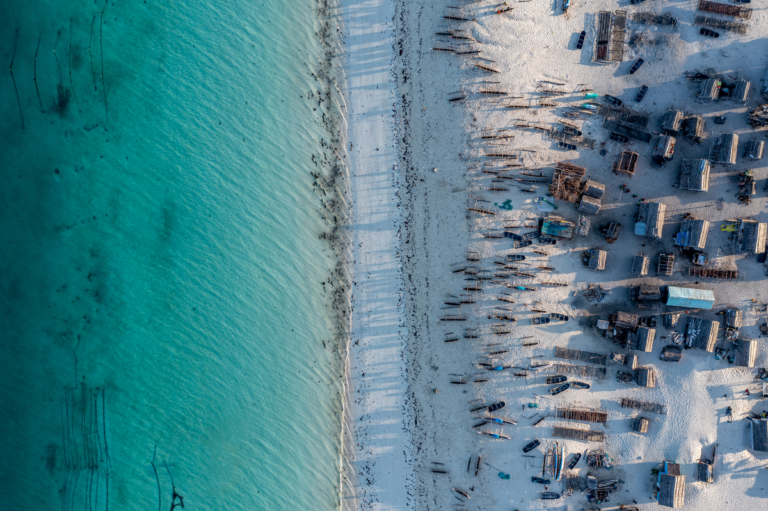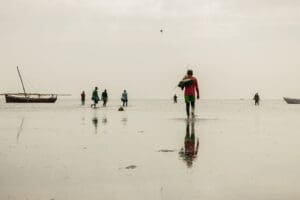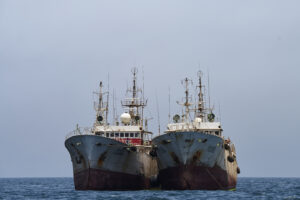Partially protected areas of the ocean – in which communities manage coastal seas to safeguard local fisheries and ecosystems – will play a vital role in meeting global marine conservation targets. This is the finding of a new review of global ocean conservation efforts, published in Frontiers in Marine Science. The study shows that partially protected waters, such as Locally Managed Marine Areas (LMMAs), can provide effective and equitable pathways for marine conservation.
Governments worldwide recently committed to ambitious new conservation goals to protect 30% of land and sea by 2030. While such targets are critical to addressing the climate and ecological emergencies, if ocean protection is achieved by preventing coastal communities from fishing in closed areas, it risks undermining their basic needs and will ultimately fail. At least 100 million people depend on fishing to meet daily needs, with their catches feeding well over 1 billion more. The overwhelming majority of these communities live in low income countries in the coastal tropics, where closure of 30% of coastal waters to fishing is simply not an option.
The authors of the research recommend that, rather than focussing on strict protection for achieving global conservation targets, countries should integrate a range of locally appropriate protection levels.
“The global push to expand ocean protection risks excluding coastal communities, the people that rely most on the ocean for survival,” said Blue Ventures’ marine scientist Charlie Gough, a co-author of the study. “This paper shows how community involvement in MPA design not only brings greater equity, but also better conservation outcomes.”
The research highlights the case of the Velondriake LMMA in Madagascar, which is managed by local fishing communities with support from Blue Ventures. The 650 square kilometre conservation area includes permanent marine reserves protecting coral reefs, seagrasses and mangroves, temporary no take areas designed to provide short-term refuges to allow critical fisheries to recover, seasonal fishing restrictions, bans on destructive fishing gears, and areas zoned for mangrove reforestation and sustainable community-based aquaculture. Management decisions are made at a local level by committees representing fishers from 33 coastal and island villages within the conservation area. These efforts have had positive impacts on key fish stocks and ecosystems.
The researchers highlight that partially protected conservation efforts like Velondriake can be more tailored to the local context, meeting local needs while also safeguarding critical biodiversity and therefore more likely to achieve nature conservation targets.
Find out more about Blue Ventures’ work promoting an equitable 30×30 here.























